Currently Empty: €0.00
The James Joyce Tower is located in Sandycove, a small town about 10 km from Dublin. It is easily accessible by DART (the local train), making it a great day trip from the city. The tower is one of 26 Martello towers built in the early 1800s as part of a defense system to protect Ireland from a possible invasion by Napoleon. These towers were placed along the coast and were equipped with cannons to defend the island.
This particular tower has a unique story, as the famous Irish writer James Joyce stayed there for a few days in 1904. At that time, the tower was being used as a kind of artistic and literary centre, where Irish poets and writers would meet. Joyce was invited to stay there by his friend Oliver St. John Gogarty, another writer. He stayed for about a week, together with his girlfriend, Nora Barnacle. However, Joyce’s stay did not end well. He had arguments with the other poets and felt disappointed and angry. Shortly after this experience, he left Ireland forever and moved to continental Europe. Joyce later described himself as an independent writer, separate from the Irish literary movement that he had helped create.
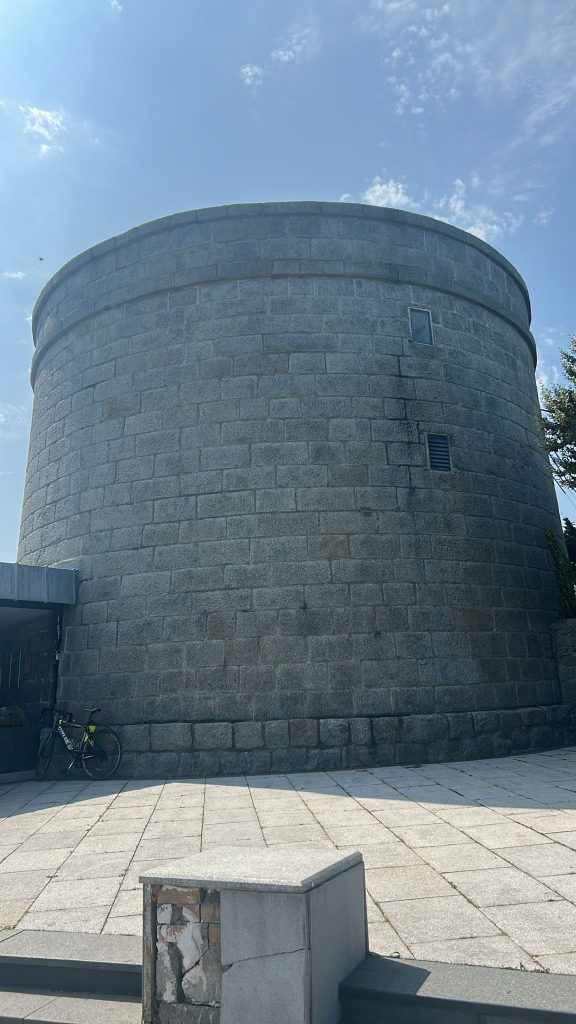
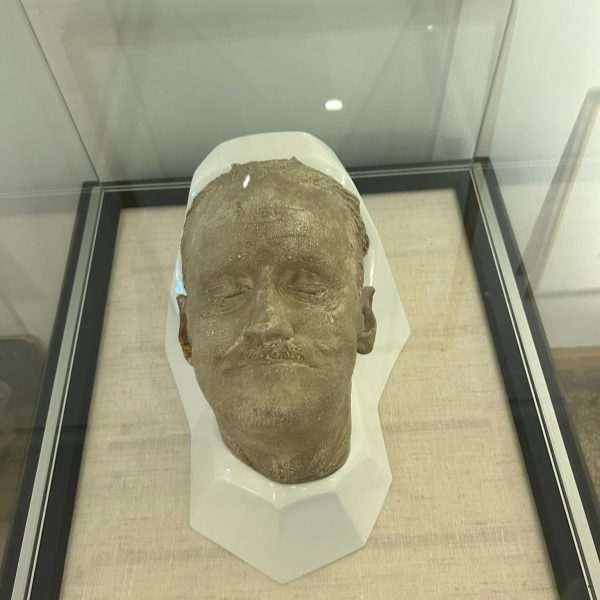
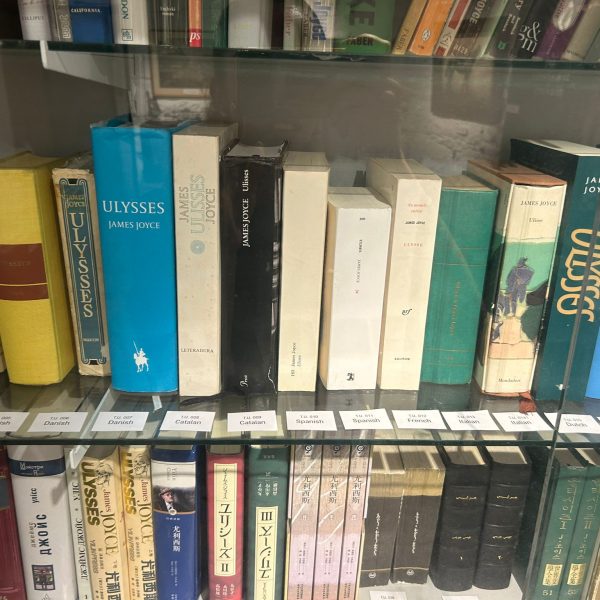
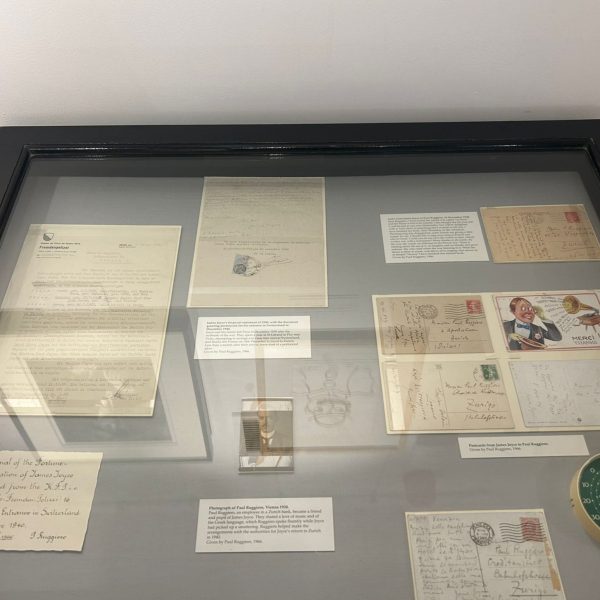
Today, the tower is a museum dedicated to his life and works. On the first floor, visitors can see original first editions of his most famous books – like Ulysses – as well as personal letters, photographs, sculptures, and some of his belongings. The descriptions are clear and easy to understand, even for those who are not experts in literature.
To reach the second floor, you climb a narrow spiral staircase. Here, you can see a reconstruction of the room where Joyce slept, which helps visitors imagine how he lived during his short stay.
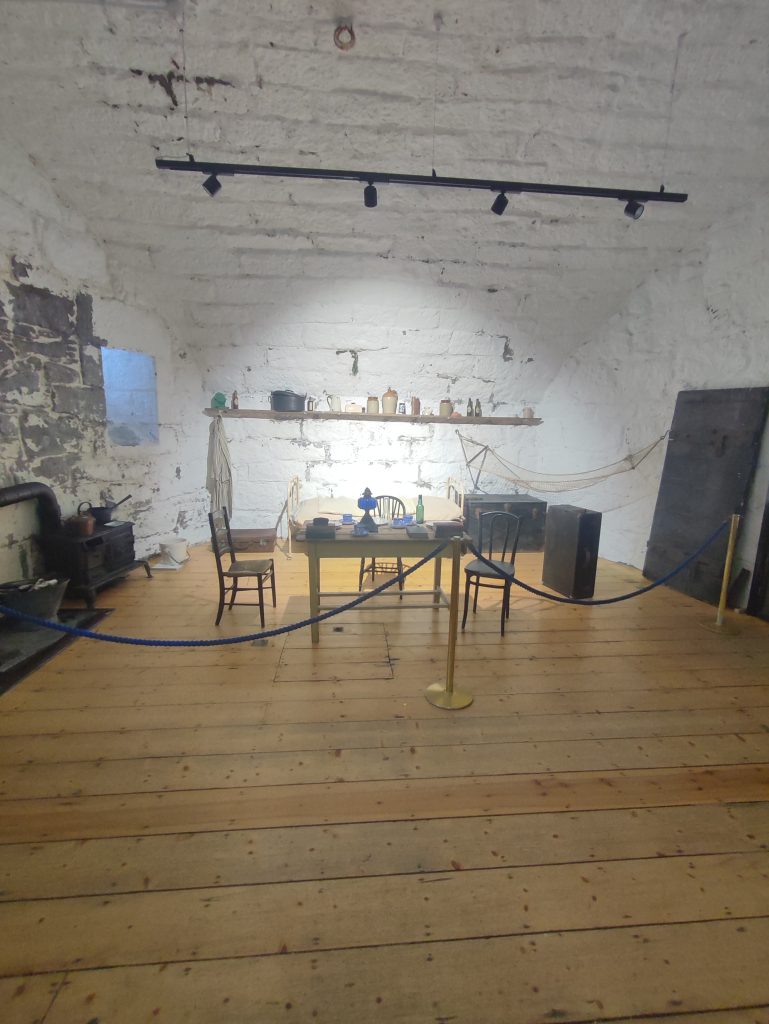
At the top of the tower, there is the old military platform. The cannons are no longer there, but you can enjoy a stunning view of Dublin Bay, from Howth in the north to Bray in the south.
Our visit was very pleasant. The staff were friendly and helpful, and they gave clear explanations that made the experience even more interesting. All in all, the entrance is completely free, and we highly recommend this place to both literature lovers and anyone interested in Irish history or beautiful coastal views.




